Microbial Identification
Microbial Identification using phenotypic technology provides valuable information on the properties of strains, in addition to a species-level identification for bacteria, yeast, and filamentous fungi.
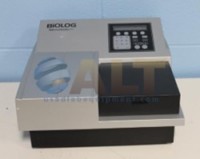
MicroStation (Biolog Inc.)
- Rapid identification and characterization of an extensive range of microorganisms, including many environmental and fastidious microbial organisms
- Biolog tests for metabolic reactions based on 6 to 8 different classes of carbon sources, including carboxylic acids, amino acids, and peptides
- It can read/analyze 96 samples contained in one inoculated Microplate at a time
- Has extensive applications for microbial community analysis in soil, water, food, biofilms and other environs
- Has the ability to identify and characterize a wide range of organisms across diverse fields in microbiology by using all six databases
- Results can be exported to Excel and Access, as well as other popular formats.
Automated Colony Counters
Colony counting and zone measurements, (inhibition and AST) accurately and reliably; images and information regarding the counts are stored securely in a secure database.
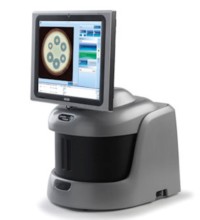
Protocol 3 Colony Counter (Microbiology Inter.)
- Combined hardware & software system for automatically counting bacterial colonies & measuring inhibition zones (inhibition and antibiotic susceptibility testing (AST), membranes, PETRIFILMTM plates and a range of other applications
- Has two methods of counting: Total Plate Count and Color Classification. Total plate count gives a quick and accurate count. Color classification allows colonies to be separated according to color, size and shape
- Can count colonies as small as 43 microns (0.043mm) or measure zones accurately to 0.5mm with a theoretical detection limit of 0.1mm
Bacterial Enumeration
Automated laboratory instrument designed to deposit accurate volumes of liquid samples onto agar plates via spiral plating. This allows bacterial and fungal colonies to be enumerated over a 100,000-fold (5 log 10) range.
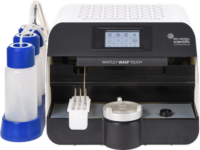
Whitley WASP Touch (Don Whitley Scientific.)
- Designed to deposit accurate volumes of liquid sample in an Archimedes spiral onto the surface of a rotating agar plate.
- The deposition profiles possible allow bacterial and fungal colonies to be enumerated over a 100,000-fold (5 log10) range, from a minimum of 20 cfu/ml in 1000 μl pour plate mode to a maximum of 2 x 106 cfu/ml in 10 μl logarithmic mode.
- Spiral plating techniques are recognized in ISO 4833-2 & 7218 as well as the AOAC 977.27 standard.
Stomacher/Homogenizer
Stomacher provides small tissue processing solutions for clinical, life science, and microbiology applications.
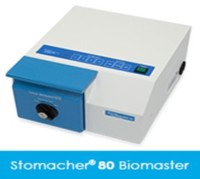
Stomacher® 80 Biomaster (Seward)
- Provide small tissue processing solutions for clinical, life science and microbiology applications
- It can process a variety of specimens, from sputum, tissue including lung, and the extraction of chemical and drug residues in biopsy and food samples for analysis
- Capable of processing samples from 5ml to 80ml
- The time for processing can be set to any of the following: 30 s, 60 s, 120 s and continuous cycle
Microbial cells, DNA/RNA quantification
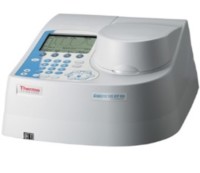
Genesys 10S UV-VIS spectrophotometer (ThermoFisher Scientific)
- Used to measure and analyze aspects of light absorption in liquids and solids from simple nucleic acid concentration measurements to protein concentration and kinetics assays
- Can perform wavelength scans at speeds up to 4,200 nm/minute
- UV-Visible spectrophotometer designed for quantitative measurements in:
- Water and wastewater
- Food and beverages
- Inorganics
- Quality control of chemicals
- Microbial Growth and Life science
